Ello Becomes Dewa 19's Vocalist Featuring Ahmad Dhani: Better Sing Than Be Unemployed
This is the reason why Ahmad Dhani chose Ello as Dewa 19's singer.
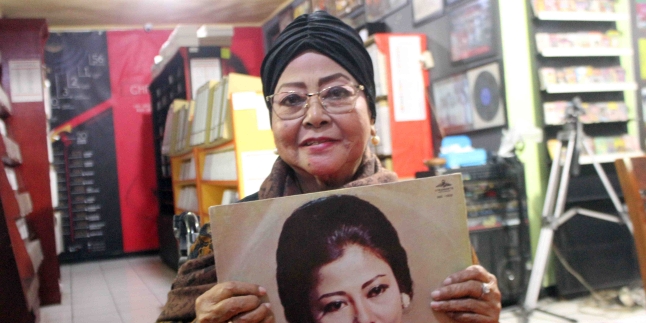
Kapanlagi.com - Waldjinah's face lit up with joy as she heard her voice playing in the Indonesian Music Museum (MMI) in Malang. The singer of the song Walang Kekek took a few moments to recognize the unique sound coming from one of the vinyl records.
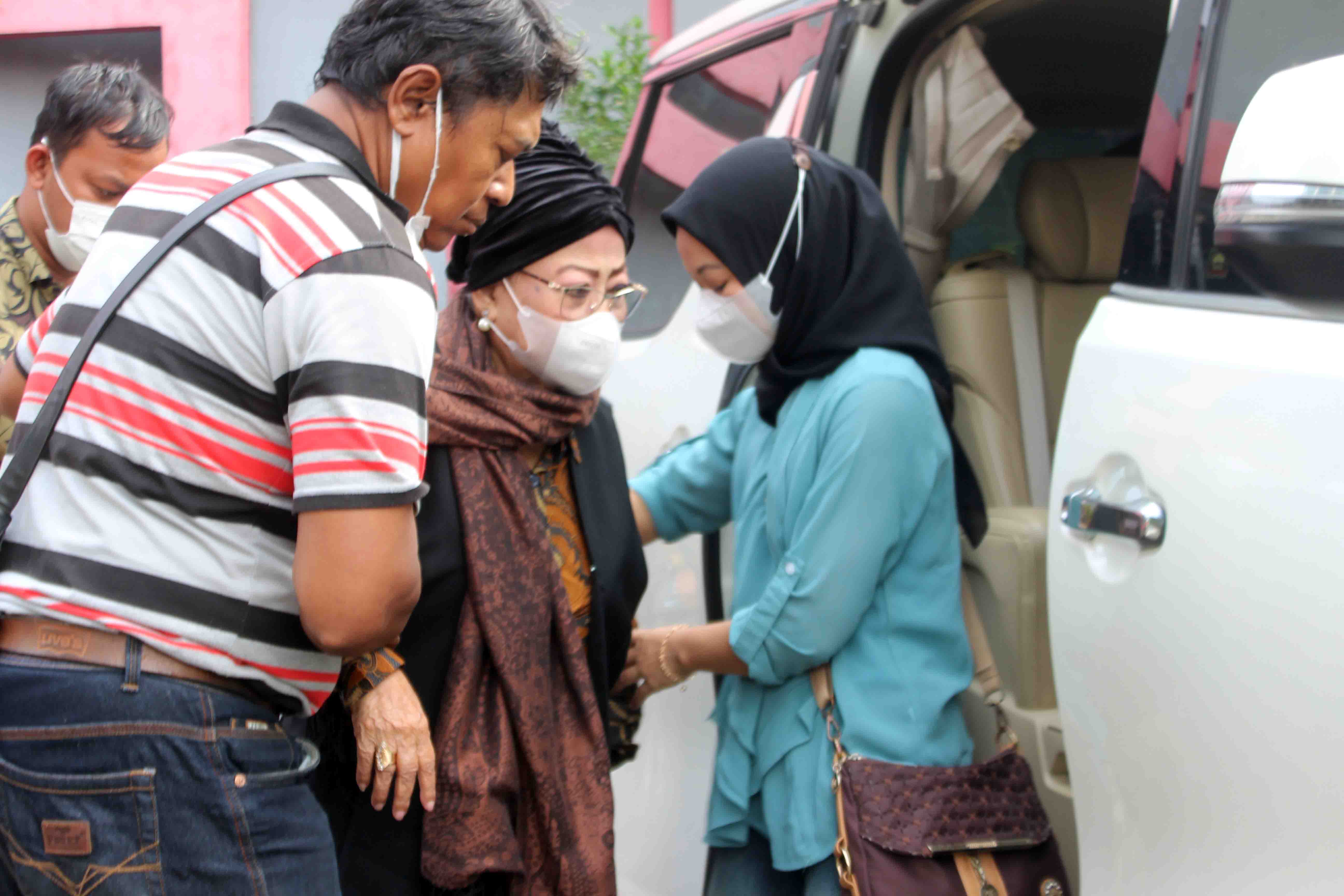
"Whose voice is that? Oh, it's mine!" exclaimed Waldjinah.
Her spontaneous reaction was followed by laughter from the guests in the room. The gentle melody then flowed out of the mouth of the Maestro of Indonesian Keroncong, following the sound of the recording that echoed throughout the room.
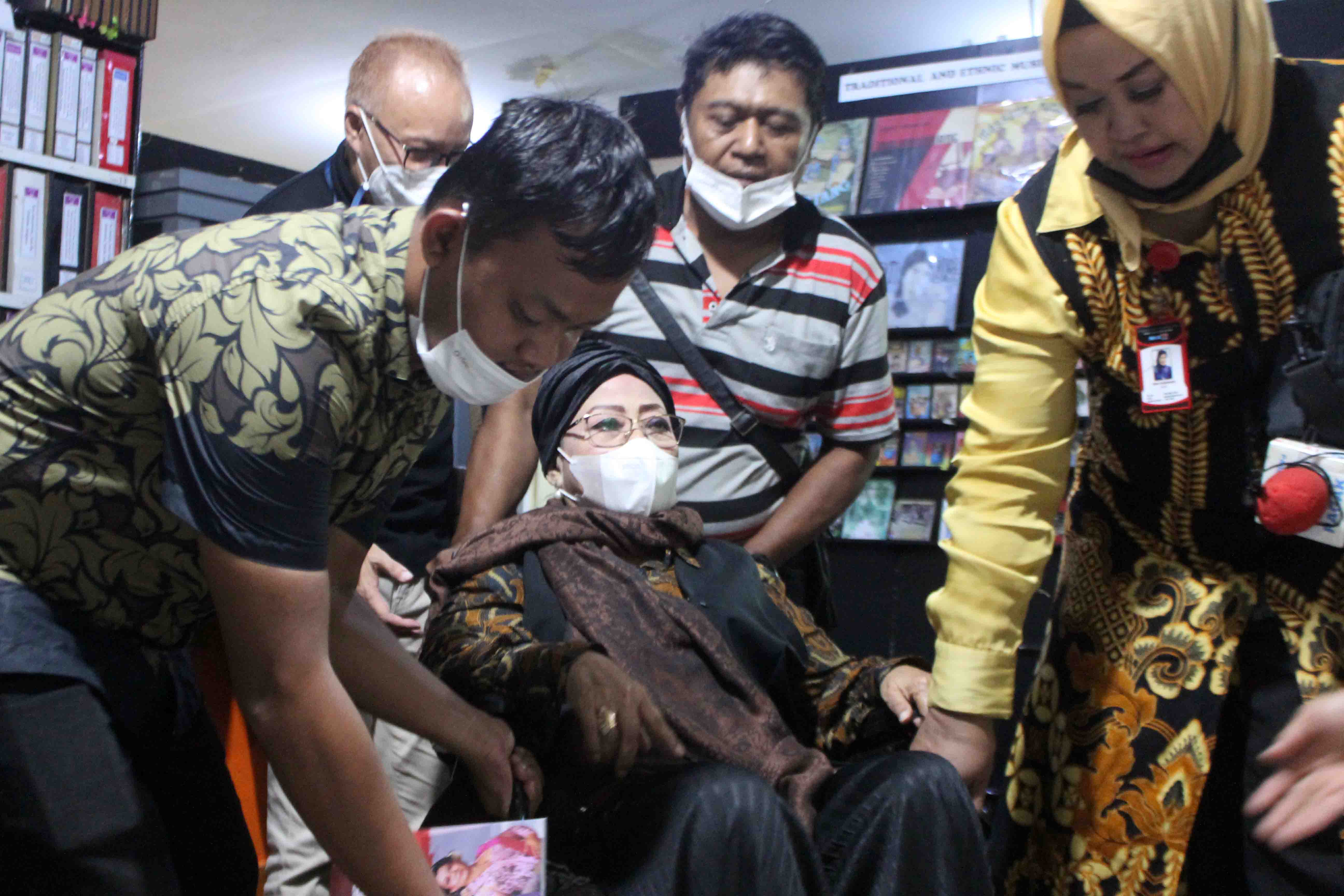
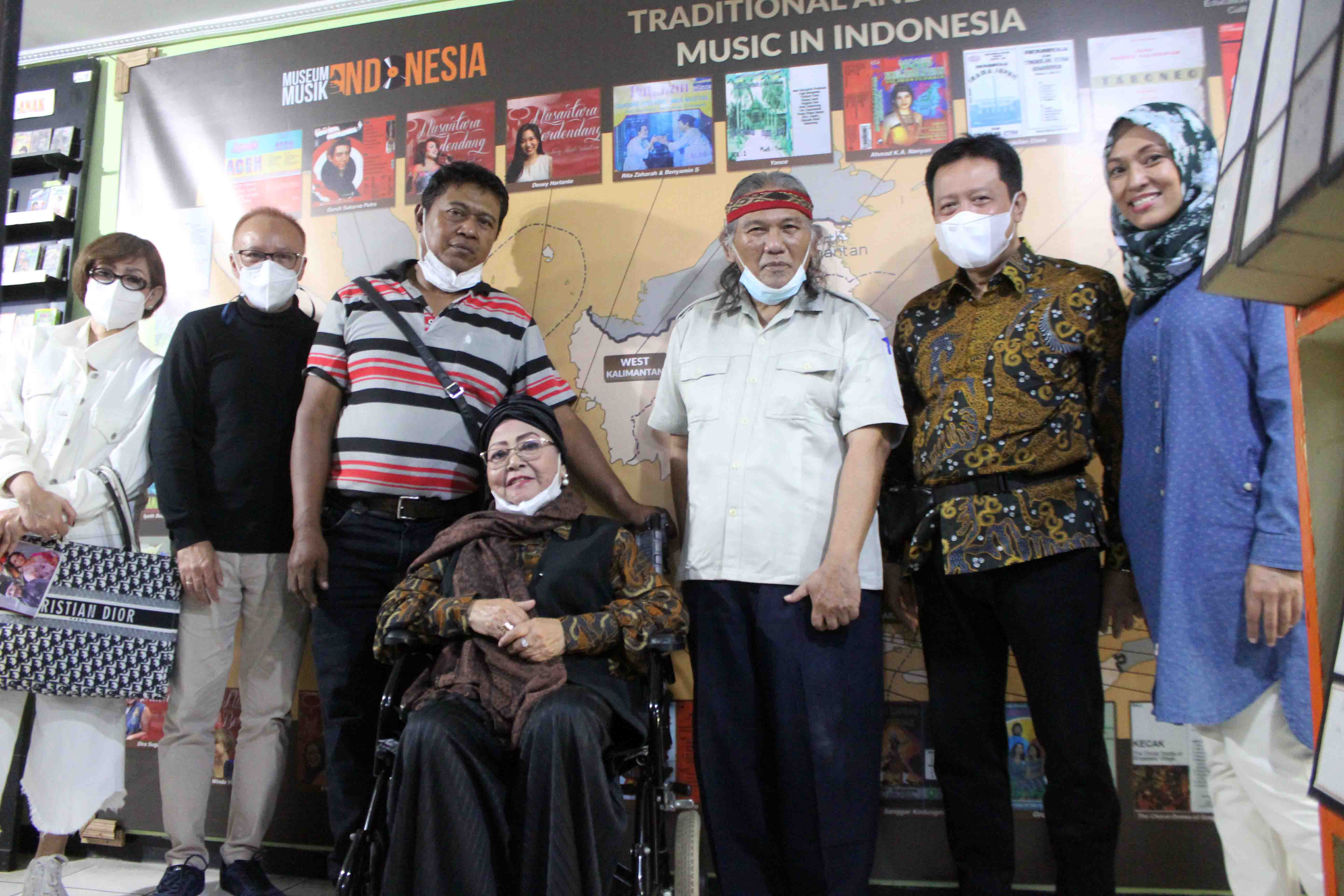
Waldjinah the maestro of Indonesian kroncong / Credit Photo: Darmadi Sasongko
During her career as a kroncong singer, Waldjinah has recorded as many as 1,760 songs. Some of these songs and albums were recorded on around 200 vinyl records. However, Waldjinah herself does not have a complete collection, even only a few.
"I only have 7 pieces, even though if it's a complete 200 records," she said.
Actually, Waldjinah has been collecting every new vinyl record since the beginning, but then some were borrowed or requested by her friends. "I have already given them to my friends. I even searched for my own songs, but my friends had taken them. I don't even have them," she continued.
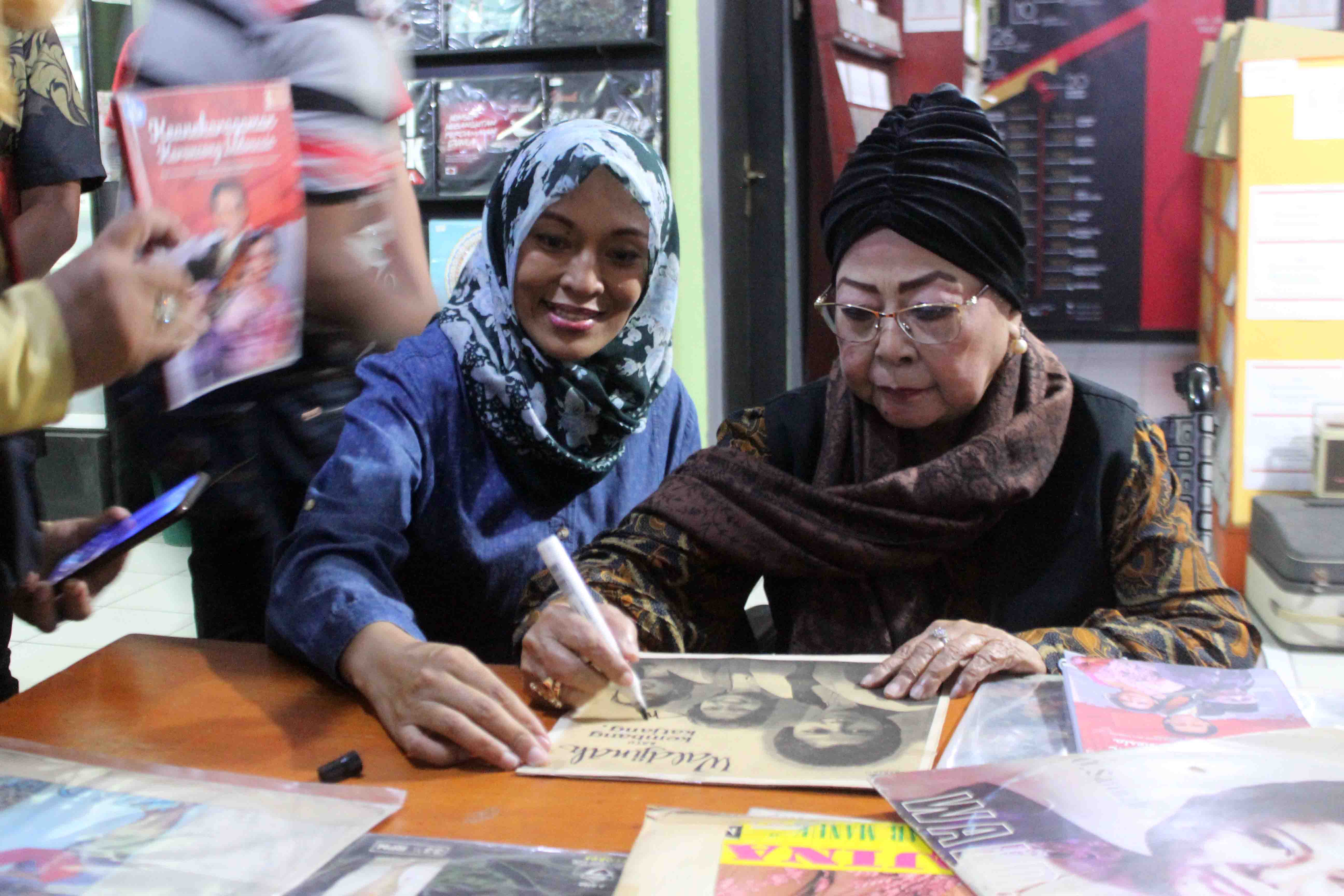
Waldjinah, the maestro of Indonesian keroncong music / Credit Photo: Darmadi Sasongko
Waldjinah, who sits on a wheelchair, tells about her first debut when she was 12 years old in 1959. At that time, her voice became the winner of Bintang Radio and got a recording opportunity. Her first album recording, Kembang Katjang (1959), was recorded in the best studio at that time, Lokananta, Solo.
Meanwhile, her most popular song is Walang Kekek (1969). At that time, it was recorded in Elshinta Studio, Jakarta and distributed in Singapore, then in Indonesia.
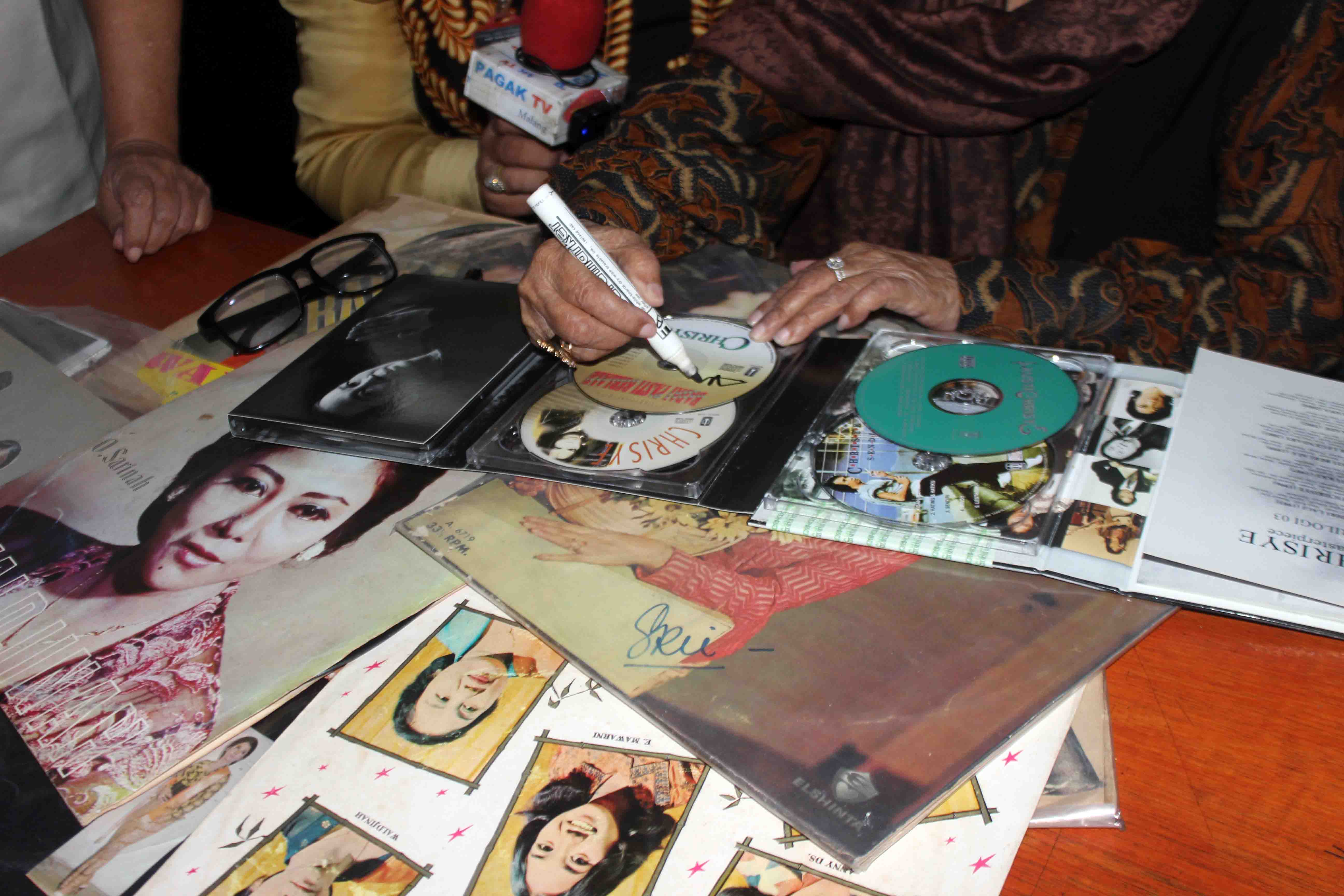
Waldjinah cannot hide her happiness when she sees various vinyl records and cassette tapes of her songs that are still well-maintained at MMI. Even her collection at home is not as much as what is displayed on the MMI shelf.
"This is extraordinary. I am very happy. Oh, it means my voice is really good, my voice is really good, it sounds high-pitched. I am the best," she said jokingly.

Waldjinah, the maestro of Indonesian keroncong music / Photo Credit: Darmadi Sasongko
Waldjinah has been performing on the world stage of keroncong music for 64 years. Despite being 76 years old now, it does not stop her from contributing to the nation through keroncong music.
Waldjinah admitted that for the past 5 years, she has stopped teaching, not only because of illness but also due to the COVID-19 pandemic. Next year, her gallery will be re-released along with a batik introduction program.
"I will teach langgam and keroncong at home. It's free, no payment required, not using payment," she said.
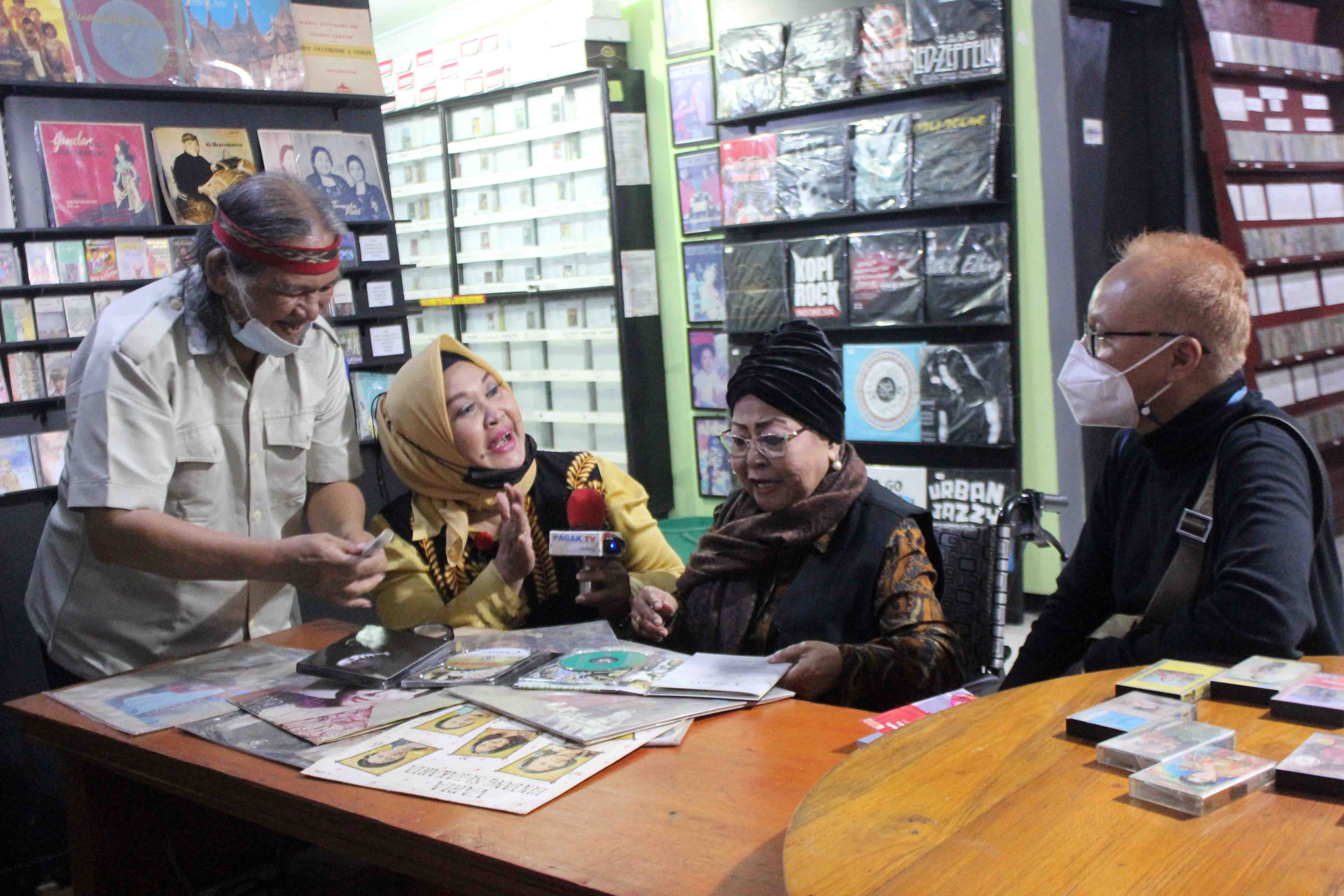
Walang Kekek Gallery on Jalan Parangcantel Number 31 in Surakarta is prepared to be a base for dedicating herself, and anyone can come to learn keroncong music and batik.
Waldjinah expressed concern about the condition of keroncong music in the homeland. The music is full of history that must be maintained its existence.
"Until now (keroncong music) is still there, even if it dies, it is still alive. But in Solo, every Sunday there is still a radio broadcast that broadcasts keroncong. In RRI Jakarta, it still airs once a week," she explained.
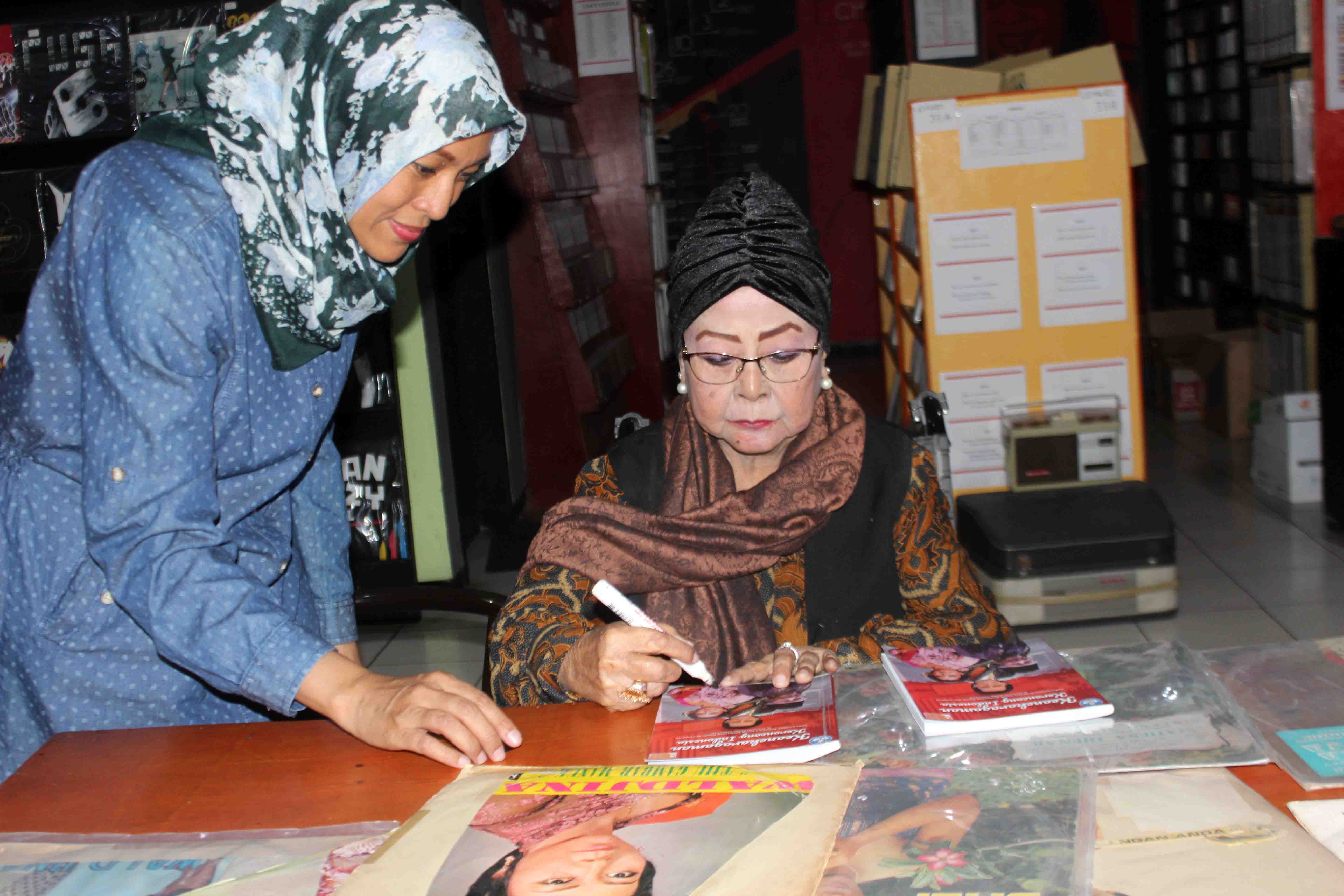
Waldjinah wants to introduce keroncong music to the younger generation and encourage them to love it / Photo Credit: Darmadi Sasongko
Waldjinah wants to introduce keroncong music to the younger generation and encourage them to love it. They are welcome to explore and even compare it with other music genres.
"It's good for the progress of keroncong itself. Because keroncong can be brought anywhere. Young people must keep moving forward, keep learning. Don't leave keroncong behind. Keroncong belongs to Indonesia, Singapore, and Malaysia. Everywhere, like in the Netherlands, they want to have it. I was invited to teach how to play it, how to sing it, and how to listen to it," she explained.
Chairman of MMI, Hengki Herwanto, said that Waldjinah's song collection in their museum is mostly donated by the public and purchased from Lokananta or other recording companies.
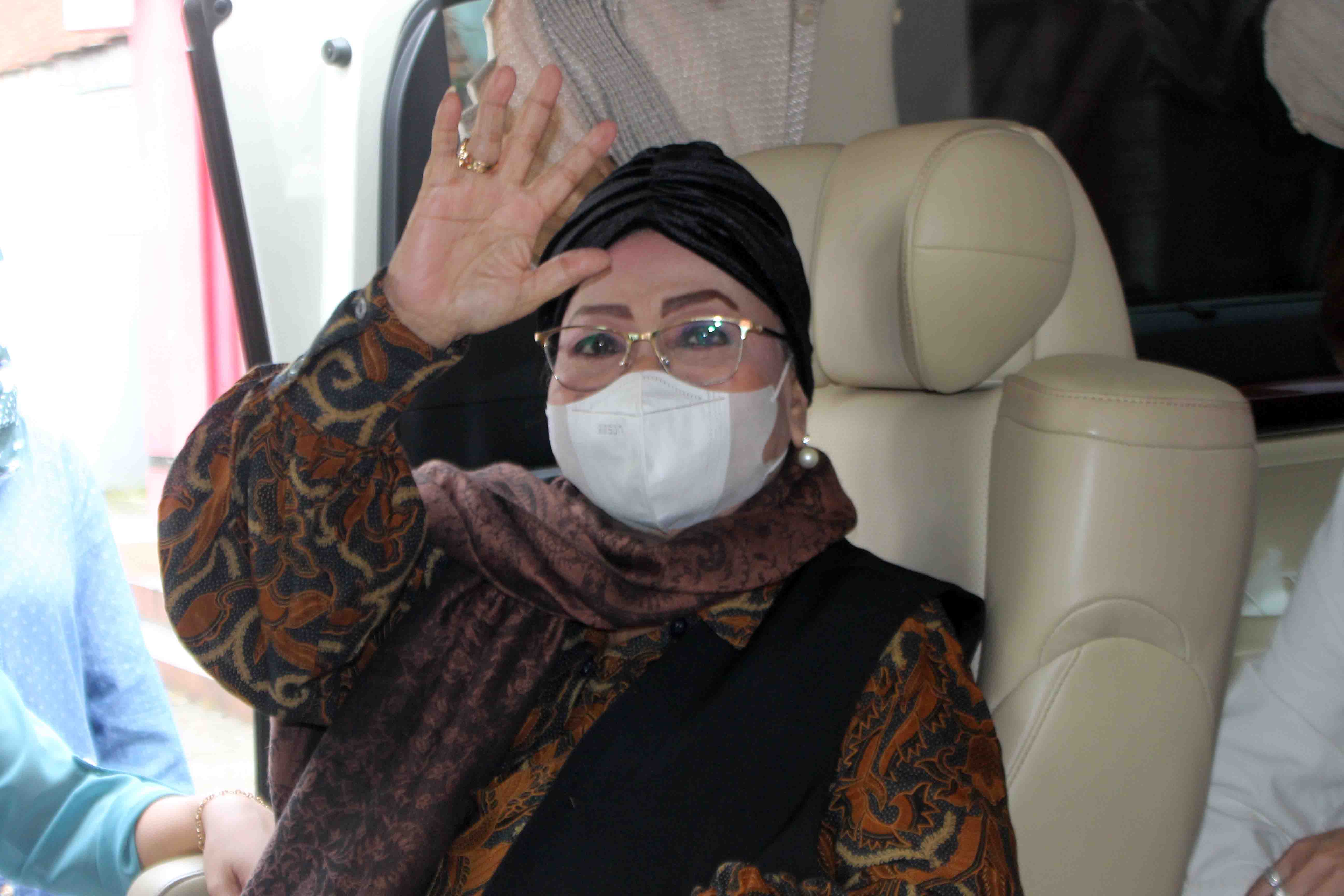
"We have collected 50 albums by Waldjinah," said Hengki, after welcoming Waldjinah to MMI recently.
In addition to records and cassettes, kebaya costumes are also part of MMI's collection. The clothing provided by Waldjinah has been used in performances in New Zealand.
Through these items, Waldjinah and the keroncong music of the homeland can always be recognized, even studied. Because keroncong is a musical treasure of the Indonesian nation that must be constantly preserved.
(kpl/dar/gtr)
Cobain For You Page (FYP) Yang kamu suka ada di sini,
lihat isinya
This is the reason why Ahmad Dhani chose Ello as Dewa 19's singer.
Soon, the boyband UN1TY will hold a concert. Check out the leak here!
Successfully defeating Adele and Taylor Swift, Pamungkas emerges as the winner with the highest votes in Music Newsmaker version of KapanLagi.com
Fans are once again made confused, this time Adele tells about her divorce in her new song. Let's take a look behind the facts of the song EASY ON ME!
This time it's BTS's turn to be collaborated with Coldplay on a song, here are 5 unique facts behind their collaboration!
The lyrics are beautiful and romantic, here are 5 songs that are suitable to be your wedding songs!
Releasing new songs and albums, here are 5 western singers who make a comeback in 2021.
Billboard Hot 100 has been announced for the second week of September, here are the 5 songs that top the Billboard 100 chart.
Written inspired by her ex-lovers, these 5 Taylor Swift songs are suitable for you who are heartbroken!
Millennial generation may not be very familiar with ABBA. Well, check out their recommended songs below to join the hype for their new album in November!
Facing the end of summer in South Korea, these 5 rappers show off their skills by releasing their latest songs, who are they?
In the midst of the pandemic, Lyla Band continues to create.